Walkability - is a measure of how friendly an area is to walking. Walkability has health, environmental, and economic benefits. Factors influencing walkability include the presence or absence and quality of footpaths, sidewalks or other pedestrian rights-of-way, traffic and road conditions, land use patterns, building accessibility, and safety, among others.
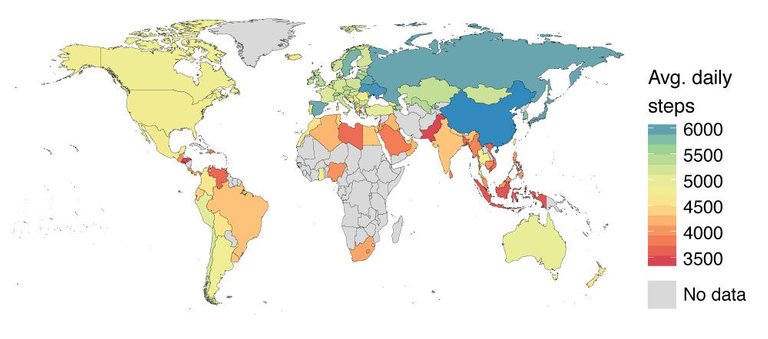
Walkability is one of the important factors of sustainable urban design.
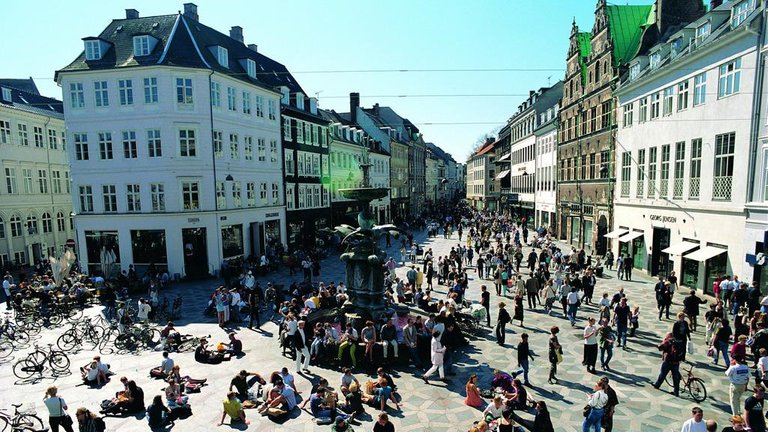
Photo shows Strøget - a Danish example of Walkability. The pedestrianisation of Strøget in 1962 marked the beginning a major change in the approach of Copenhagen to urban life; following the success of the initiative the city moved to place a much greater emphasis on pedestrian and bicycle access to the city at the expense of cars. This approach has in turn become internationally influential.
Activity levels differ around the world. What is interesting is that urban design can influence the healthy activity levels of the urban space users!
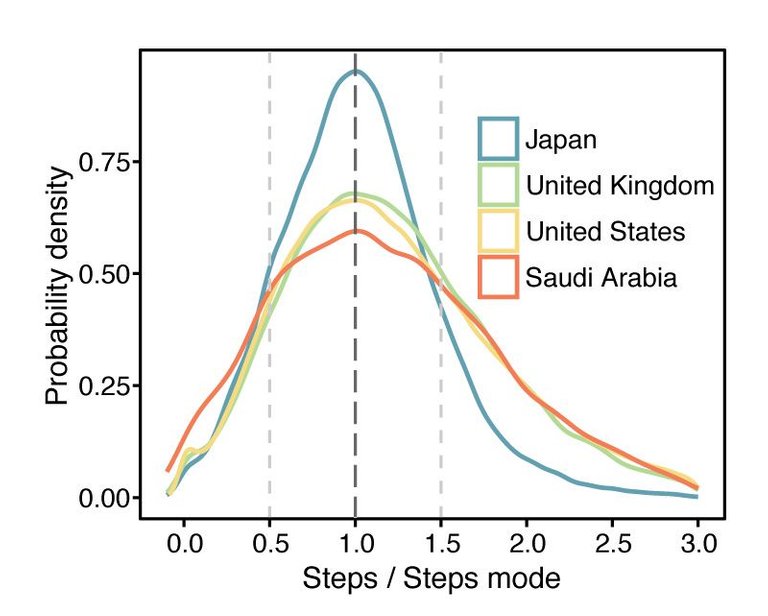
Diagram show distribution of steps across the population relative to the population mode. In Japan, the activity of 76% of the population falls within 50% of the mode (i.e., between white dashed lines), whereas in Saudi Arabia this fraction is only 62%. The United Kingdom and United States lie between these two extremes for average activity level and variance.
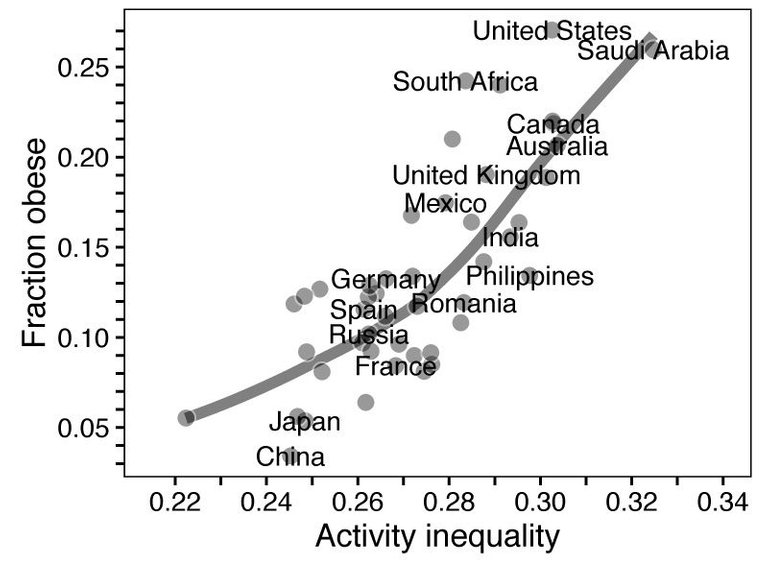
The level of activity directly corresponds to the obesity levels in a country.
Urban design - walkability factor - can influence the activity inequality as presented on the lower diagram.
Source: http://activityinequality.stanford.edu/
PDF of the Research Paper (Tim Althoff, Rok Sosič, Jennifer L. Hicks, Abby C. King, Scott L. Delp & Jure Leskovec): http://activityinequality.stanford.edu/docs/activity-inequality-althoffetal-nature.pdf
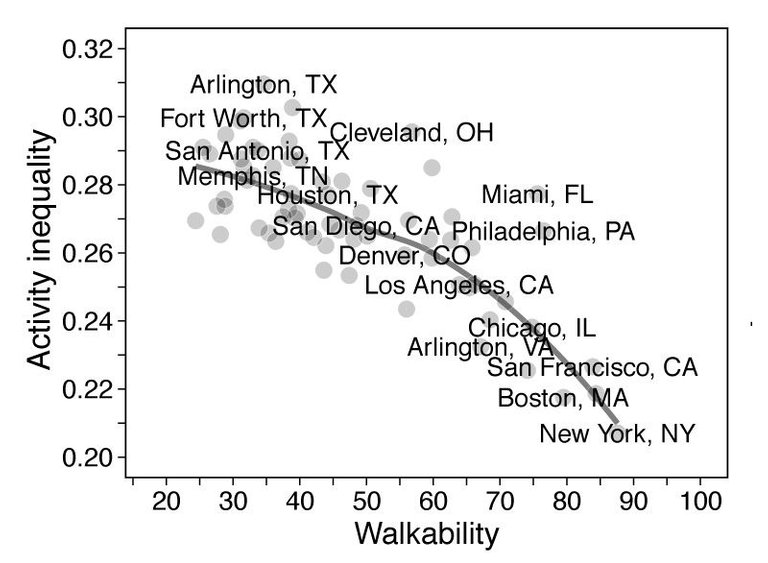
Hi! I am a robot. I just upvoted you! I found similar content that readers might be interested in:
http://activityinequality.stanford.edu/
@reported has voted on behalf of @minnowpond.
If you would like to recieve upvotes from minnowponds team on all your posts, simply FOLLOW @minnowpond.
To receive an BiggerUpvote send 0.5 SBD to @minnowpond with your posts url as the memo To receive an BiggerUpvote and a reSteem send 1.25SBD to @minnowpond with your posts url as the memo To receive an upvote send 0.25 SBD to @minnowpond with your posts url as the memo To receive an reSteem send 0.75 SBD to @minnowpond with your posts url as the memo To receive an upvote and a reSteem send 1.00SBD to @minnowpond with your posts url as the memoThe essence of your article is valid, and has real-life application. However, I don't think your comparison is technically fluent enough to support your article. Firstly, a variable like walkability relates to urban environments, not for rural or country areas in which it is almost impossible to travel on foot on a daily basis. Secondly, comparing countries instead of cities/ urban areas for this purpose gives inaccurate results. Developed countries has more people occupying cities, whereas it is the opposite for developing countries. Some countries are geographically larger than others, which makes it difficult not to use cars or public transport. Due to particular climate conditions in different parts of the world i.e. Dubai or cities in middle-eastern countries, it is also difficult for people to walk outdoors. Yes, urban design can certainly encourage walkability, and it should. But, it should be viewed in correct perspective.